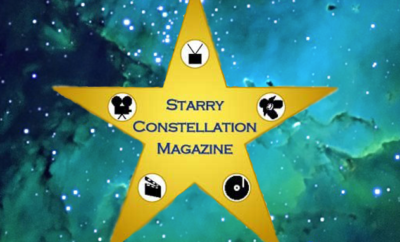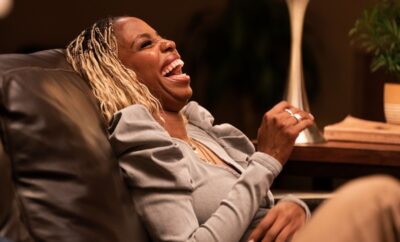Movie Reviews
The Vote
By: Jennifer Vintzileos
As America will celebrate its 100-year anniversary of the 19th Amendment in August, PBS will air a two-part documentary in early July aptly titled The Vote as part of its “American Experience” segment. In the years prior (1909-1920) to women winning the right to vote, the fight for their voice in American Democracy was a brutal one. And women were up and ready to challenge the government at every turn. The Vote gives viewers a behind-the-scenes look at how women battled not only for suffrage, but each other as well.
While we are familiar with such notable names and places such as Susan B. Anthony, Elizabeth Cady Stanton and Seneca Falls, the main focus of the series goes to suffragist Alice Paul versus the National American Woman Suffrage Association (NAWSA). We start with Paul’s pursuit of academic studies in England where she becomes enlightened and joins the Women’s Political and Social Union (WPSU), led by mother/daughter team Christabel and Emmeline Pankhurst. Her experiences in the WPSU (protests, jail time and hunger strikes) make her famous when she returns to the United States. Meanwhile, American women have been fighting the good fight for the vote since 1890 and Paul intends to continue working for the cause. She joins NAWSA to promote a more aggressive approach towards the ultimate goal and proposes bold ideas like the 1913 Woman Suffrage Procession in Washington, D.C. Later that year Paul is ousted from NAWSA and begins her own National Woman’s Party with fellow suffragist Lucy Burns.
Where NAWSA is known for “slow and steady” towards their goal, Alice Paul continues to push the envelope. She organizes picketing in front of the White House daily. Petitions are created by western states that have created their own state laws to allow women voting privileges. Alice Paul leads a charge in a more militant fashion to gain foothold, whereas NAWSA members like Anna Howard Shaw and Carrie Chapman Catt believe in carrying a sense of decorum as they attempt to grease the palms of politicians for their vote. Either way, the outcome will always be the same.
Michelle Ferrari, creator of The Vote, has made sure to leave no stone unturned in the chronicled history of the last decade of the suffrage movement. As viewers are watching the showdown between women as to what which political tactics will help grant the right to vote, facts and stories about the big key figures and states involved in that movement are prominent. They’re weaved into the timeline almost seamlessly while you root for Alice Paul comparing President Woodrow Wilson to a Kaiser or jeer at the anti-suffragists trying to dissuade change with silly political propaganda. You applaud states like Wyoming and Utah for setting the example while simultaneously scratching your head at how New York was dead against it until 1917.
And just as important, the way Ferrari also brings to light how racism plays a huge factor in suffrage as the stories of fellow suffragists Ida B. Wells and Mary Church Terrell paint a picture of inequalities among women, even when the 19th Amendment comes to fruition. Sadly, racism played a key factor in the resistance from the South as they still wanted to maintain some form of power over blacks. Every angle and perspective are depicted. Ferrari makes sure that we not only get all the facts, but that we understand how even in such a politically charged climate suffragists were not going to back down this time. That final push was vital.
I’d like to believe that both Alice Paul and NAWSA did their part to bring women the vote. It’s a collective effort among all the women who weren’t afraid to stand up and break the status quo. The 19th Amendment was only the beginning of the fight for full equality. And now women had the power to start making some changes. The Vote will premiere on PBS July 6th.





You must be logged in to post a comment Login